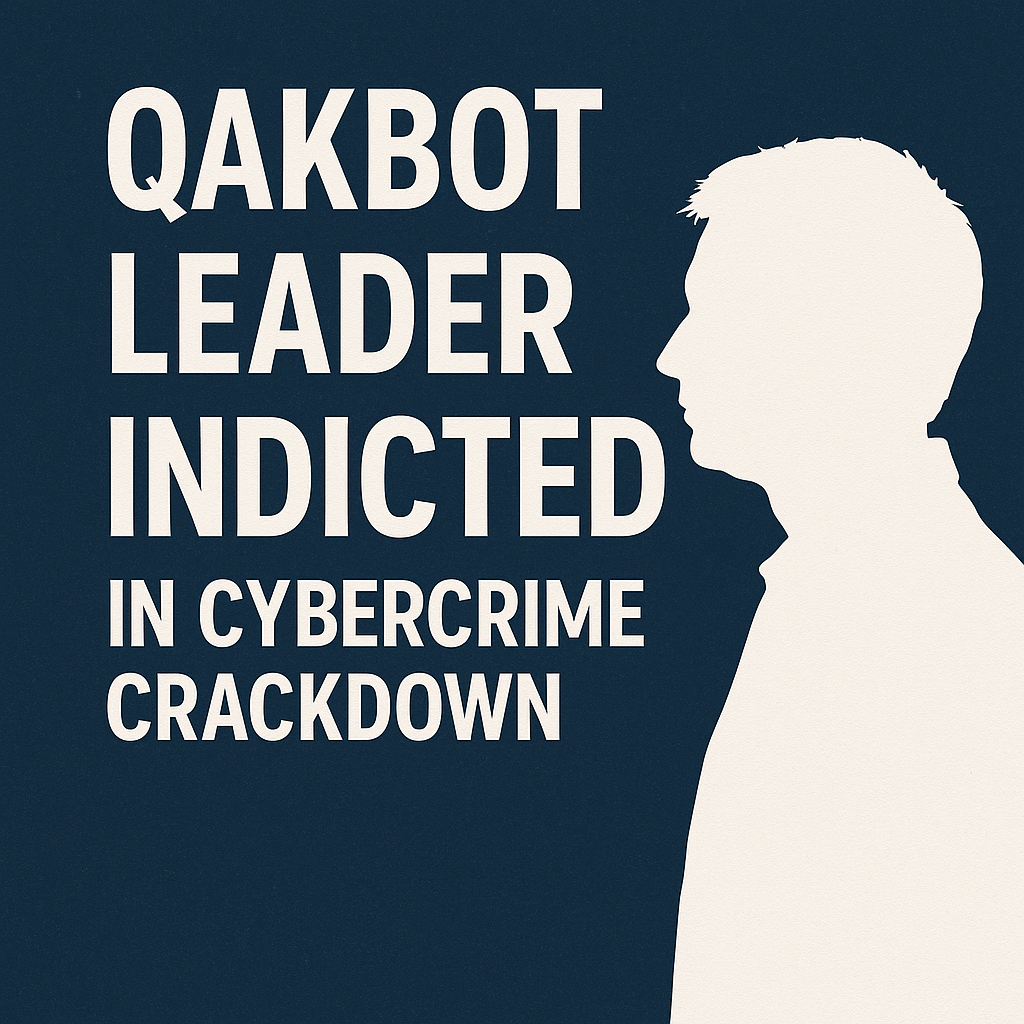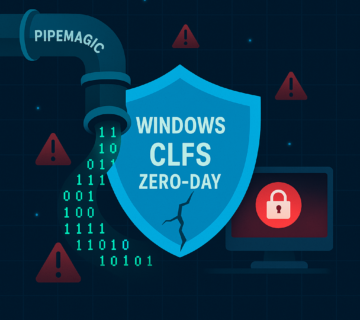
US Indicts Leader of Qakbot Botnet in Monumental Crackdown on Global Cybercrime
The sources describe the US indictment of Rustam Rafailevich Gallyamov, the alleged architect behind the notorious Qakbot botnet. Initially a banking trojan, Qakbot evolved into a critical tool for ransomware groups, facilitating devastating attacks globally and causing tens of millions in damages to various sectors. Despite a significant international law enforcement effort, Operation Endgame, which seized infrastructure and assets, the threat posed by Qakbot's leader appears to continue, highlighting the ongoing battle against sophisticated cybercrime networks and the need for strong cybersecurity defenses. Authorities also confiscated over $24 million in cryptocurrency linked to Gallyamov as part of their investigation.
... Read More



